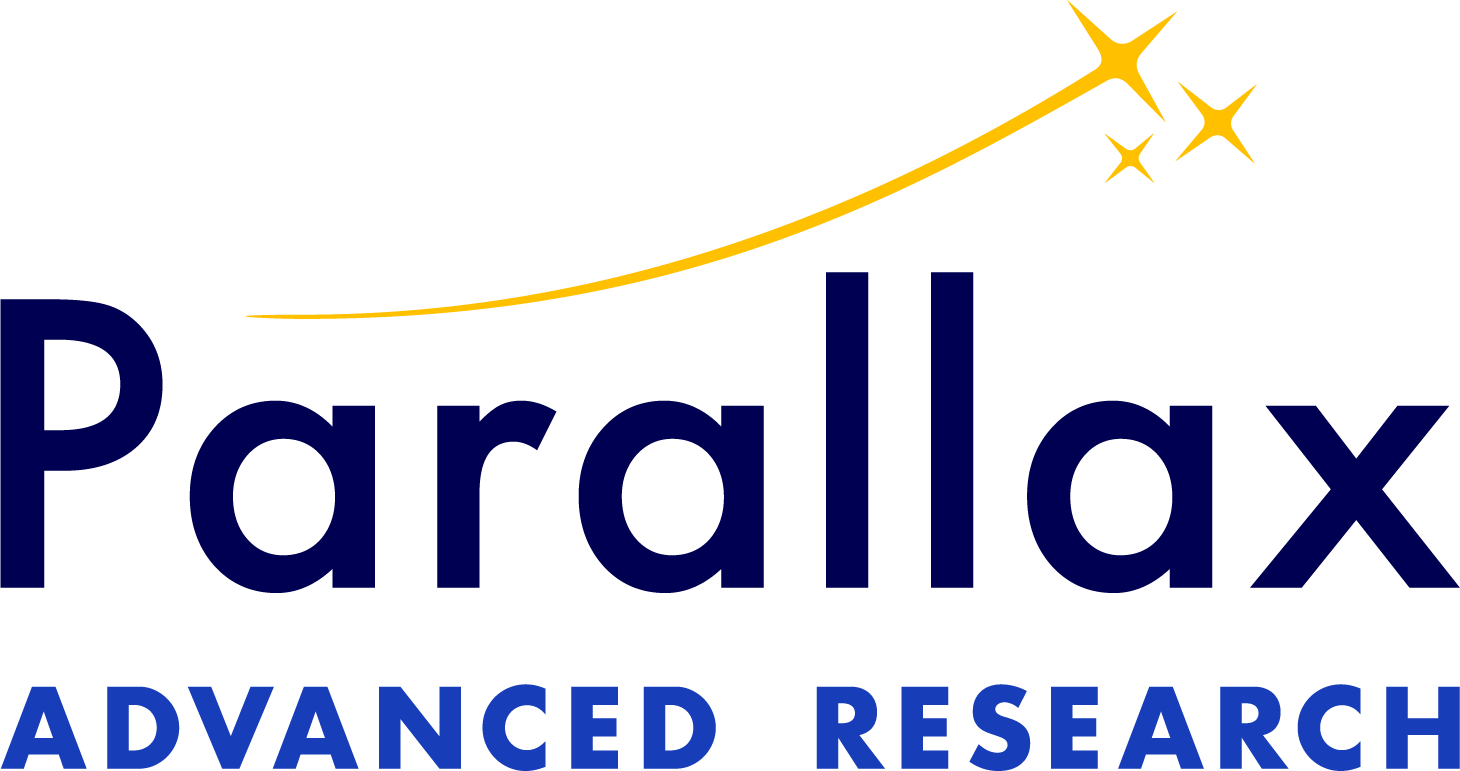For immediate release: June 2, 2021
Dayton, Ohio -- Research teams from Parallax Advanced Research and the Air Force Research Laboratory Autonomy Capability Team 3 (ACT3) are developing Opera, a multi-agent artificial intelligence system that simulates pandemic situations, represents affected entities, and tests pandemic variables to assess the spread of disease and its effects on a population.
The system simulates groups of people over time, representing them by models called “agents.” Researchers investigate their simulated interaction to predict how variables that describe the viral spread may change in the future.
“We have been testing Opera with a population of 11 million agents that represent the people of Ohio,” said Parallax Advanced Research Artificial Intelligence Scientist Matthew Molineaux.
The entities interact according to pre-specified rules and will occasionally transmit the virus between them. These rules come from medical models, such as Susceptible, Exposed, Infected, Reported, Unreported (SEIRU), which describes the stages of disease in a simulated patient.
Molineaux explains the process in detail, “as these agents contract the disease and progress through different stages, the AI model tries to provide a realistic picture of how the transmission is happening, allowing researchers to project, over time, who will be infected and how many people in which regions will recover.”
While Ohio is the largest scale being simulated, Parallax scientists have also considered applying the system to smaller scales, such as counties and school districts.
The larger purpose of this endeavor is to be able to project how interventions such as mask mandates, public awareness campaigns, different methods of testing or increased funding for contact tracing might mitigate the spread of the virus and/or fatality rates. However, estimates provided by Opera do not predict with any accuracy how many people will get sick or how many fatalities might occur. Rather, researchers use Opera to conduct sensitivity analyses that examine the effects of interventions on various variables, to understand whether their consequences will be positive or negative, and small or large, relative to other interventions. In the future, this will help public health decision-makers to choose how to spend their resources to mitigate pandemic effects.
Opera is an ongoing research effort and is constantly evolving for best results to inform public-health authorities and decision makers. Although the multi-agent system is being used to research COVID, the most pressing public-health issue at this time, it can be used to research trends for any infectious disease and virus making it a major tool for disease and virus containment and public health management in general.
For more information on Parallax Advanced Research projects, visit https://parallaxresearch.org/.
###
About Parallax Advanced Research
Parallax is a 501(c)(3) nonprofit that tackles global challenges by accelerating innovation and developing technology and solutions through strategic partnerships with government, industry and academia across Ohio and the Nation. Together with academia, Parallax accelerates innovation that leads to new breakthroughs. Together with government, Parallax tackles critical global challenges and delivers new solutions. Together with industry, Parallax develops groundbreaking ideas and speeds them to market.
